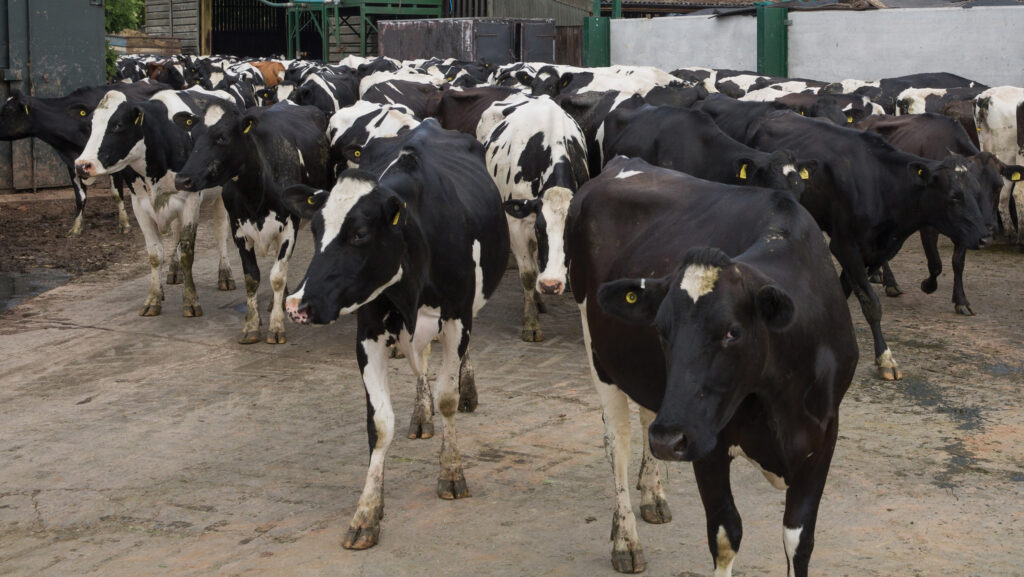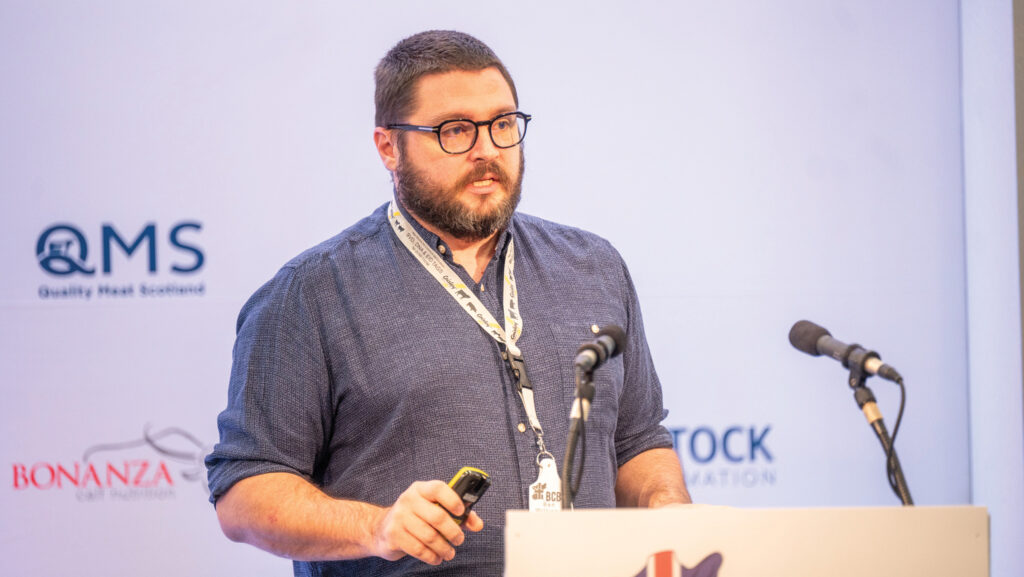Poor heifer retention rates costing dairies dear
 © Tim Scrivener
© Tim Scrivener Dairy farmers expect genetic gain to reveal itself in their herds despite farm system constraints or a lack of resources.
“It’s like producing Ferraris to put in a banger race,” said Ben Williams, sustainability manager for Leprino Foods.
“In manufacturing, if an employee generated 140% more productivity when sat down, you’d buy them all the comfiest chairs. Not so in dairy,” he added.
See also: 6 lean management techniques to improve dairy efficiency

Ben Williams © Robert Smith Photography
“Dairy farmers have a strange mindset when it comes to measuring success, by focusing on cow numbers and talking about averages, thus increasing inefficiency and scaling waste.”
A review of Leprino’s 400 suppliers, milking about 75,000 cows, showed that first-lactation heifers produced only 72% of the mature cow yield, instead of a potential 85%.
Yields were peaking at about third and fourth lactation, and the mean replacement rate was 36%, not the optimum 20%, said Ben.
If each generation of heifers brought a 2% genetic gain, he said one-third of calving heifers never reached their peak performance as they were culled before their fifth lactation.
This ultimately resulted in less total milk output for a herd, representing a lost opportunity cost.
“There is a significant spread of [heifer] retention rates between best and lowest performers,” he said. “The cost in lost litres an average lactation is £17,324 a year for every 100 cows.”
Lean management
Realising that if Leprino wanted to see significant changes in efficiency at farm level, it would have to support its farmers, Ben said it decided to apply its lean management skills to dairying.
This focused on operational capacity – litres, not cow numbers. The company recruited 20 farms over two years and spent £100,000 helping them identify areas of waste and inefficiency, and changes to implement.
“Three key areas of waste were excess heifers – an inventory worth £430,000; poor understanding of cow flow, which lost litres of milk; and milking efficiency, with lost time and long-term cow impacts,” he said.
In year one, the company identified £972,246 of value returned to the first 10 farms, and in year two its estimated return on investment was £2.4m for all 20 farms, through reducing waste.
“So now they can see the advantage of genetic gain,” said Ben.
Further benefits included reductions in carbon of between 3% and 10%, largely from higher yields using the same inputs, or through carrying fewer heifers on farm.
“Non-quantified benefits [include] reduced emissions to air and water, as well as reduced pressures on land from lower stocking levels,” he added.
Ben Williams was speaking at the British Cattle Breeders Conference dairy day
